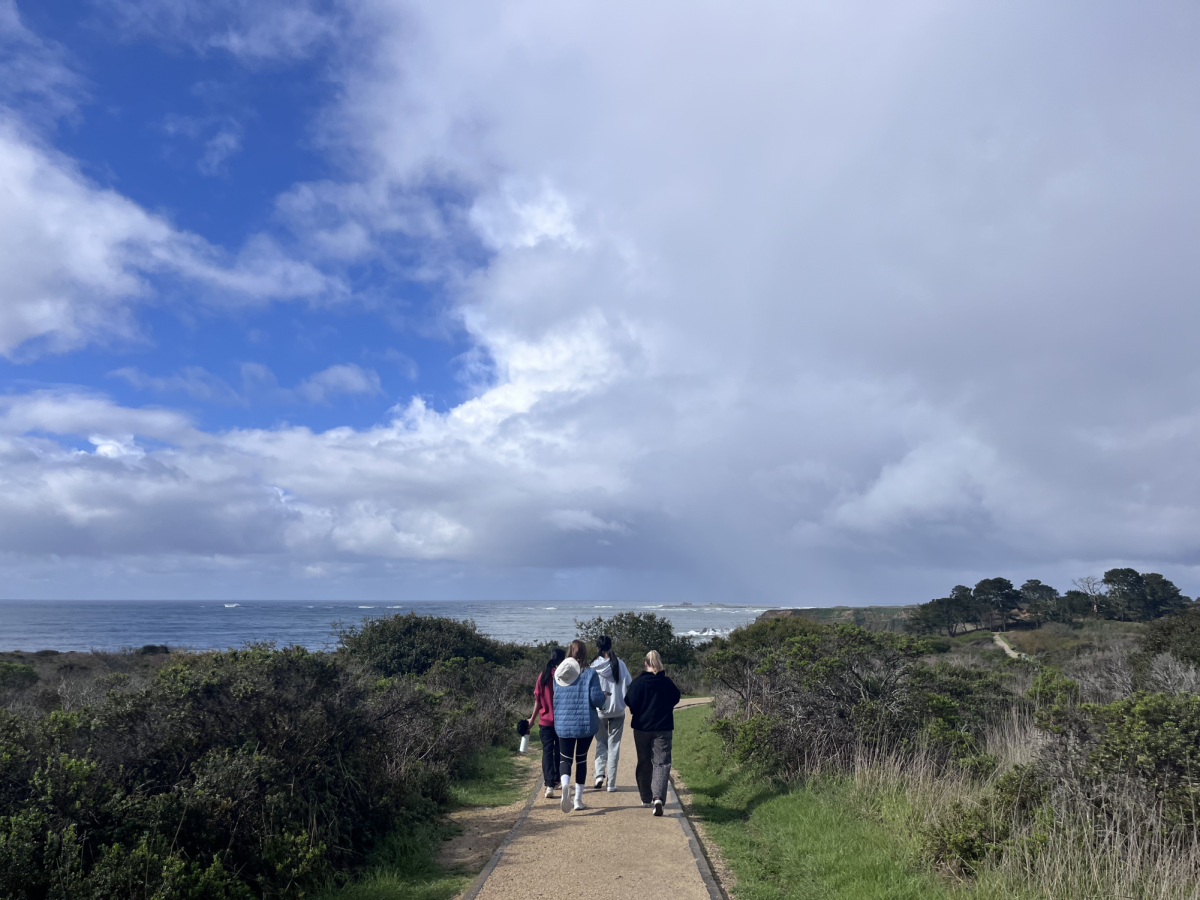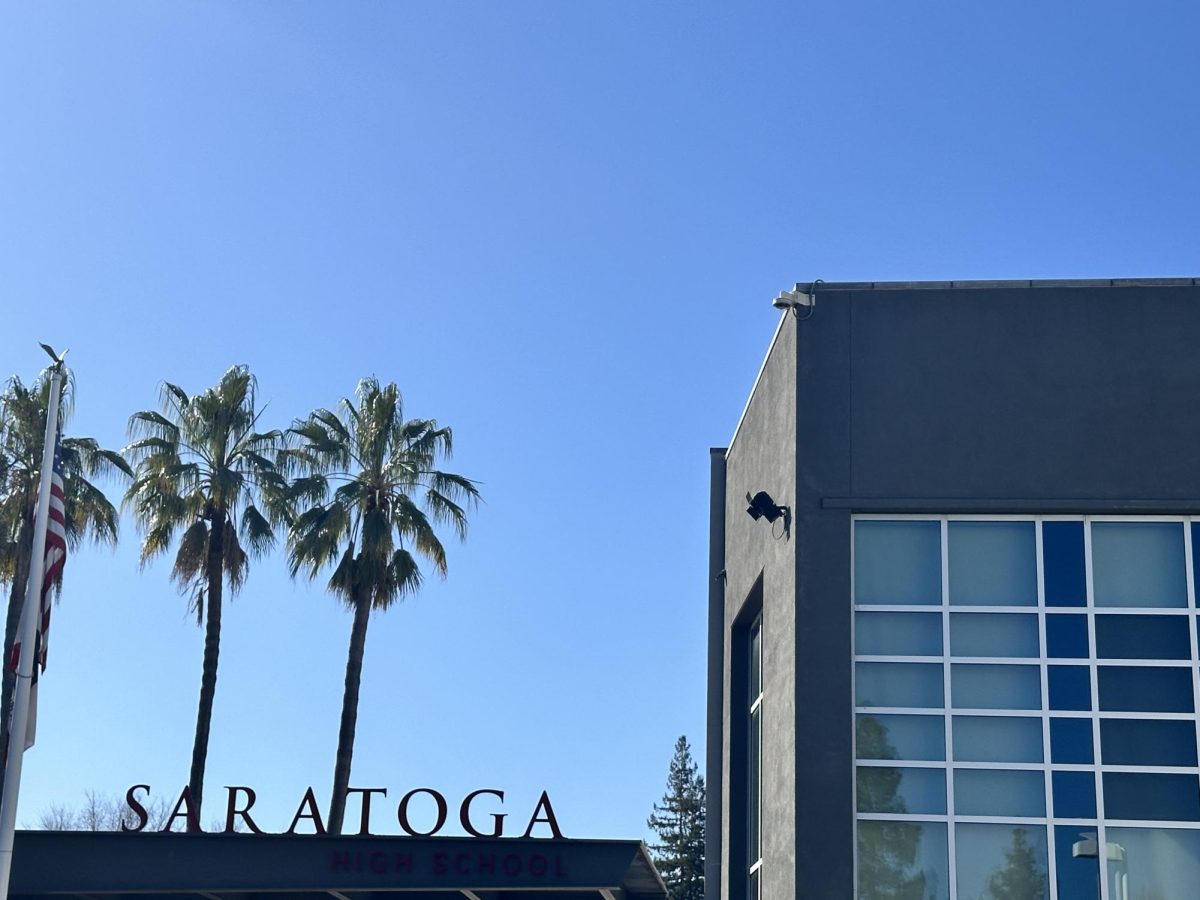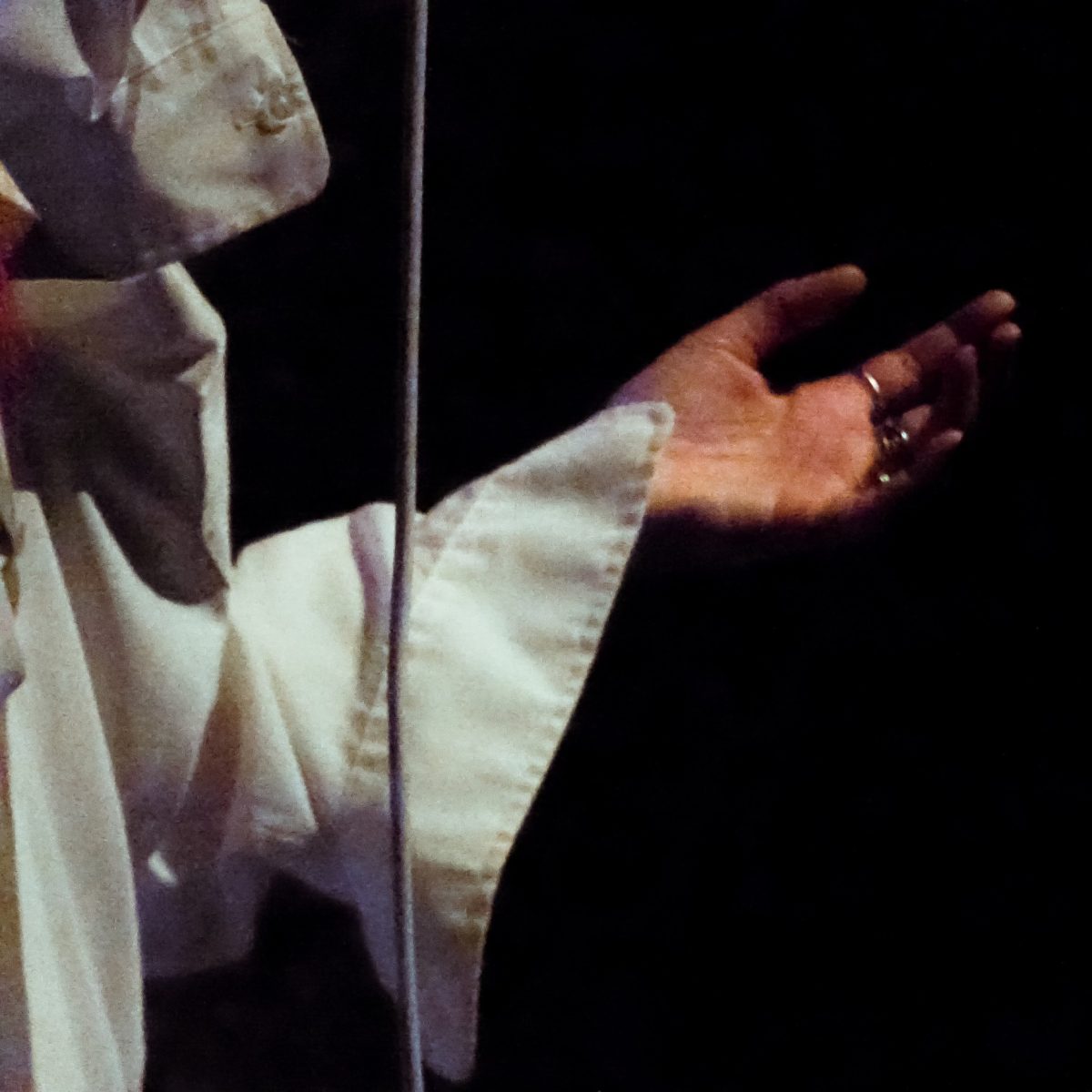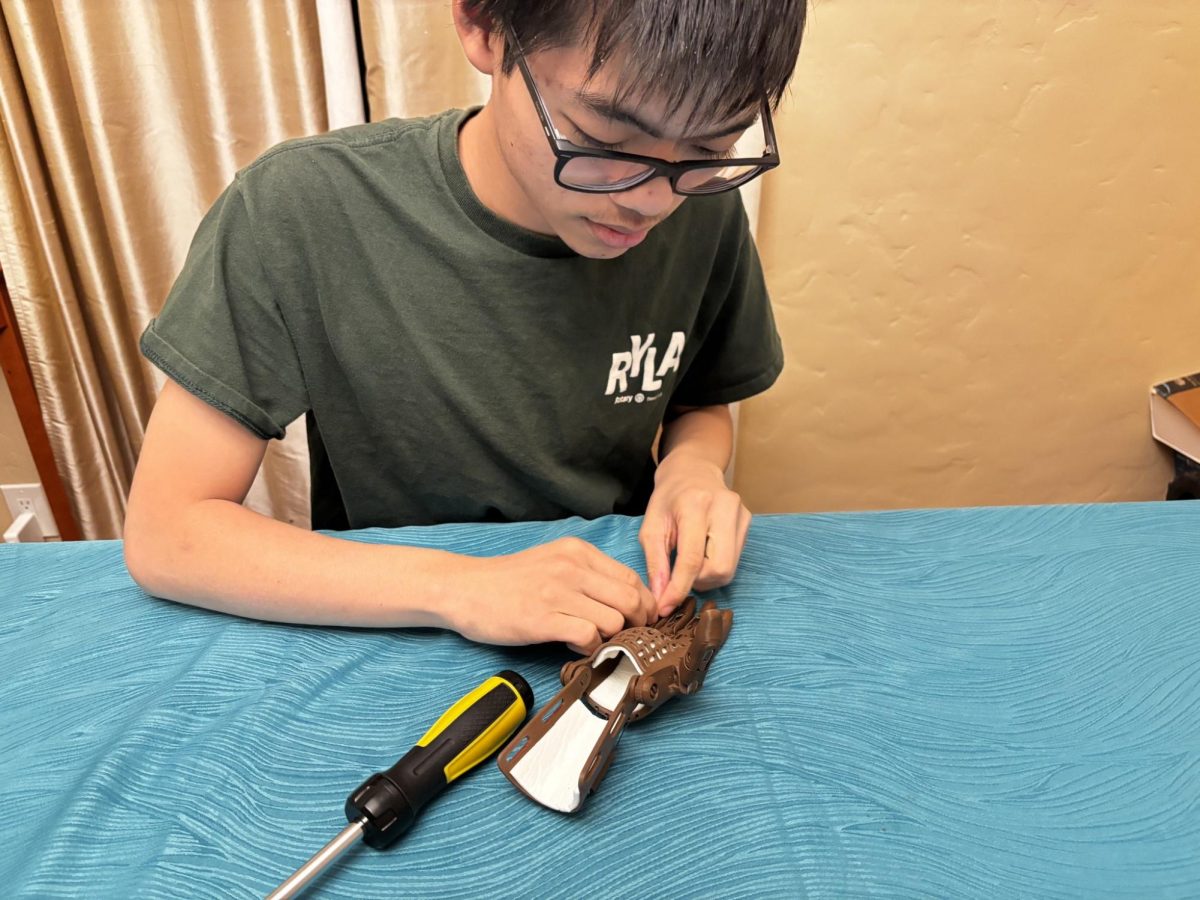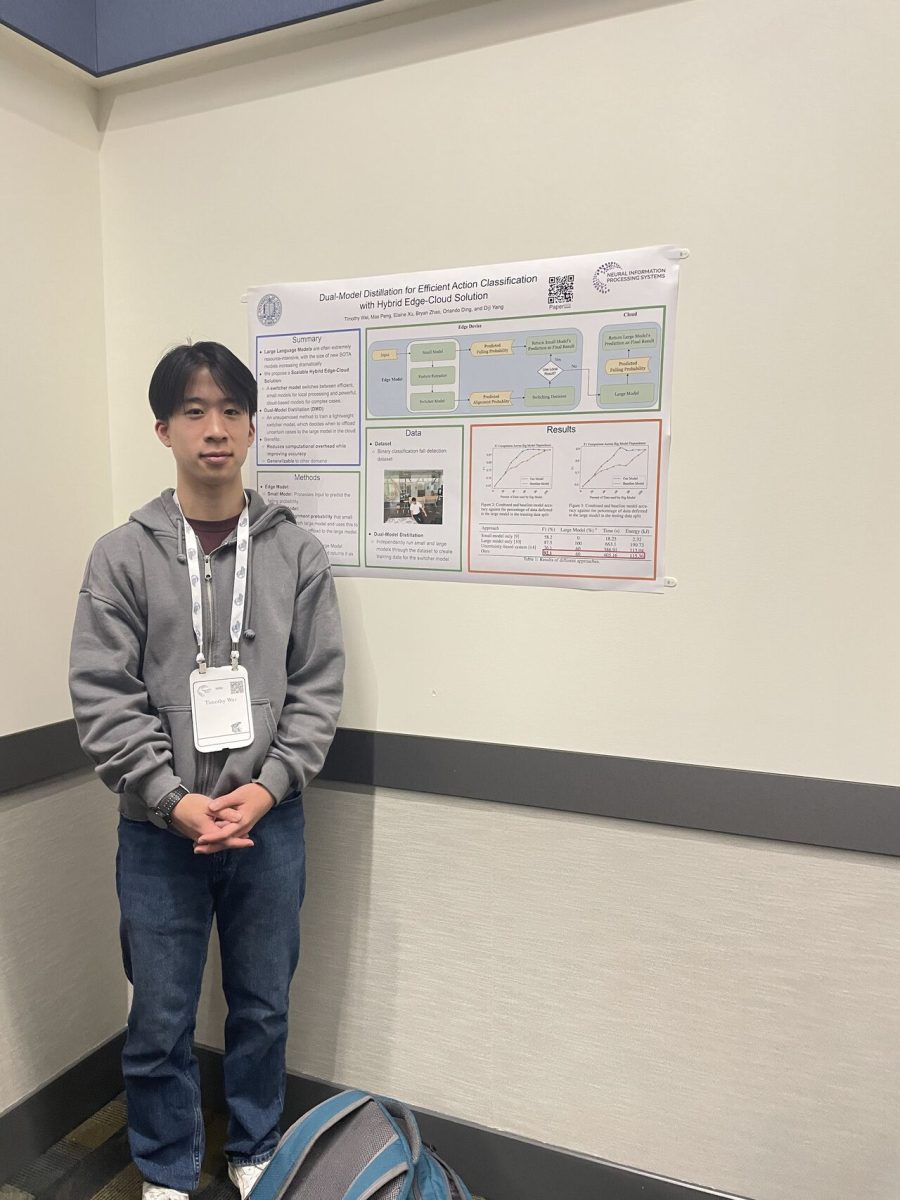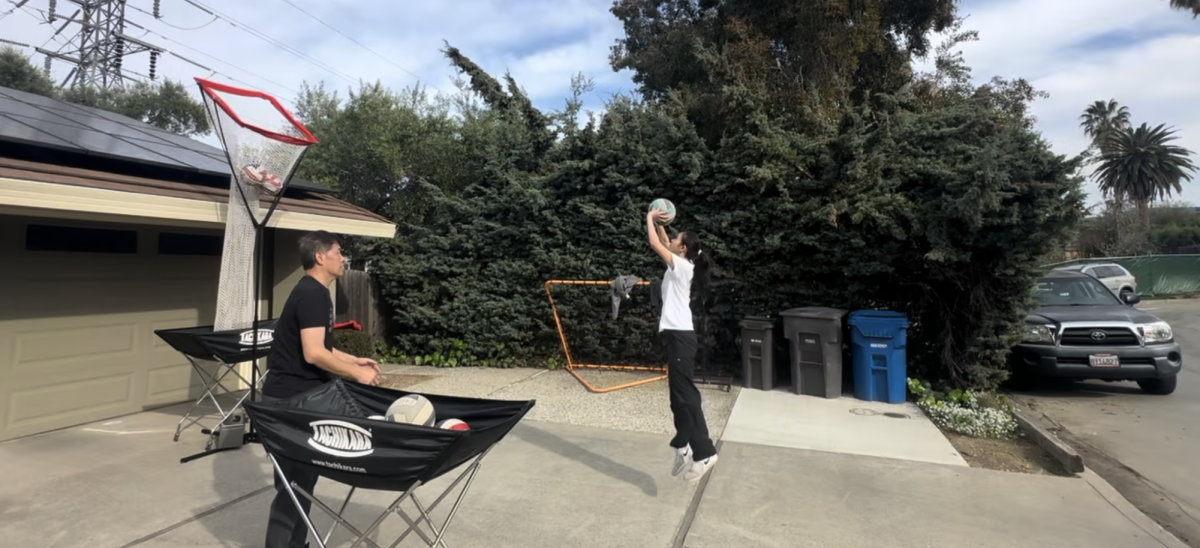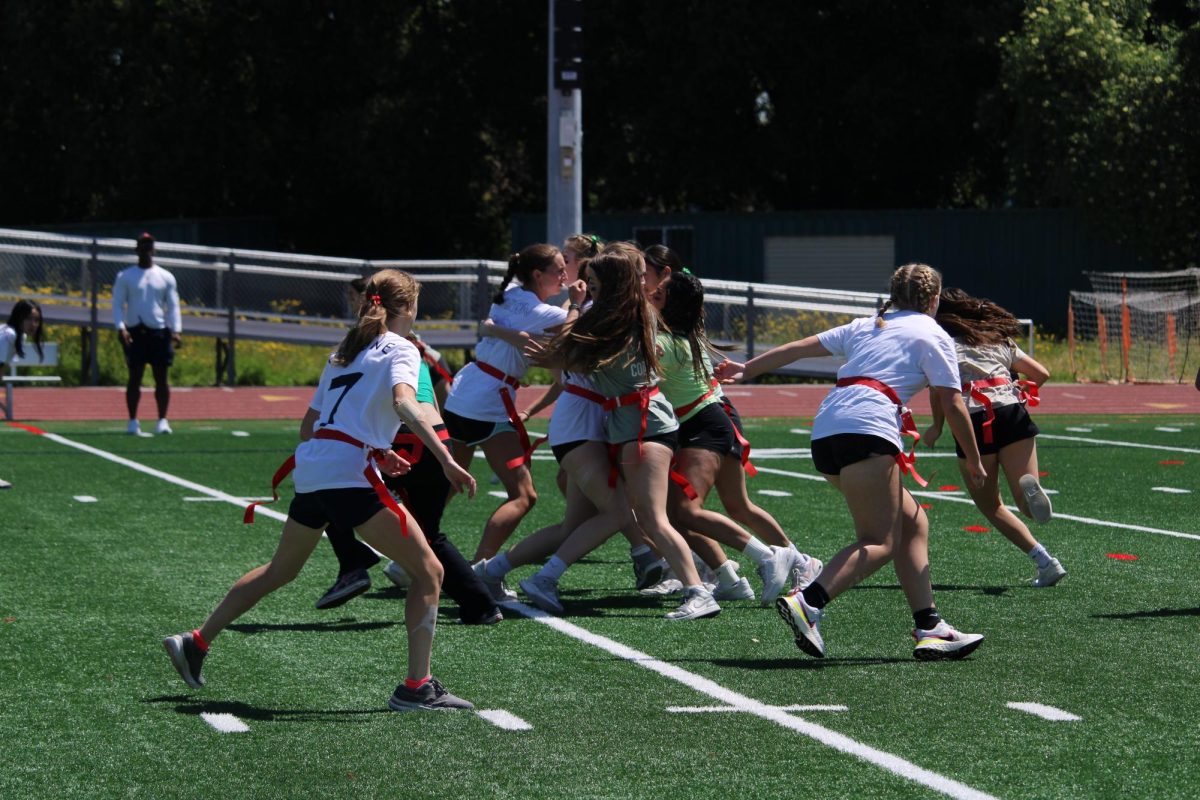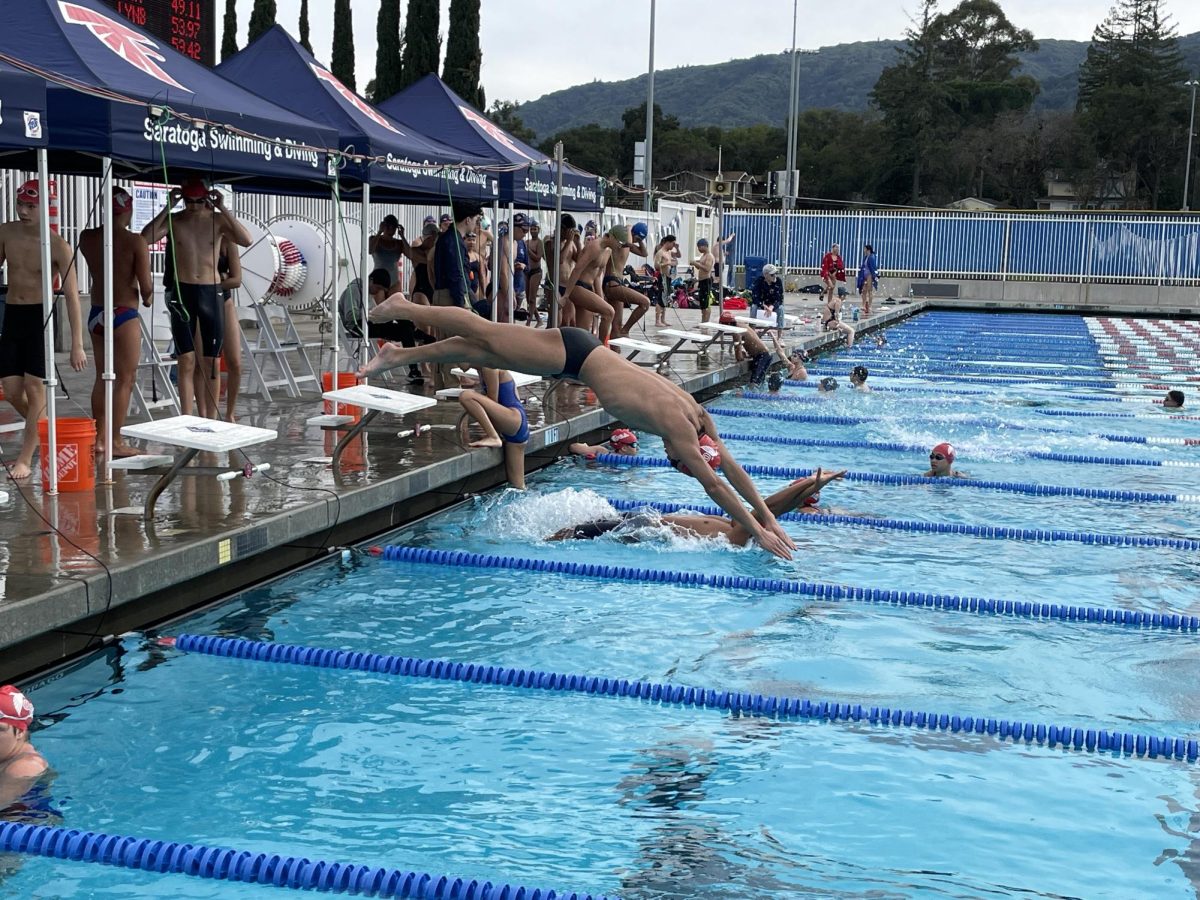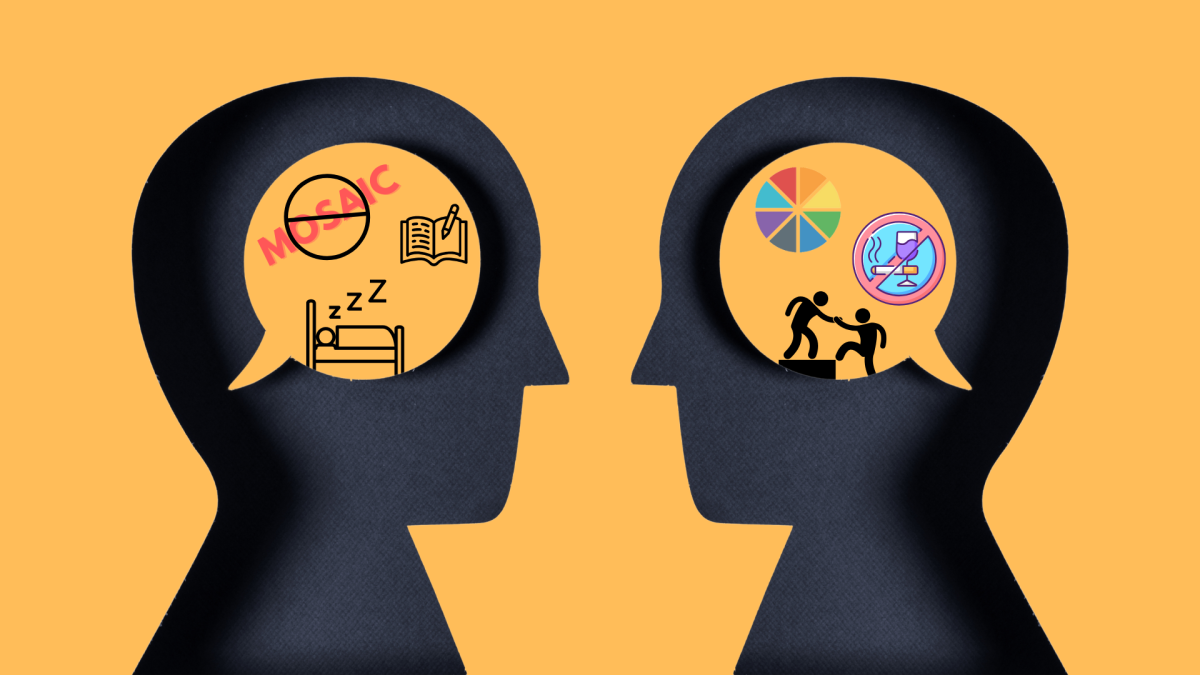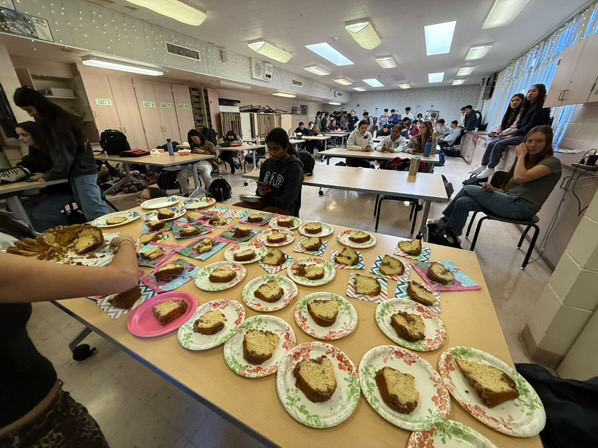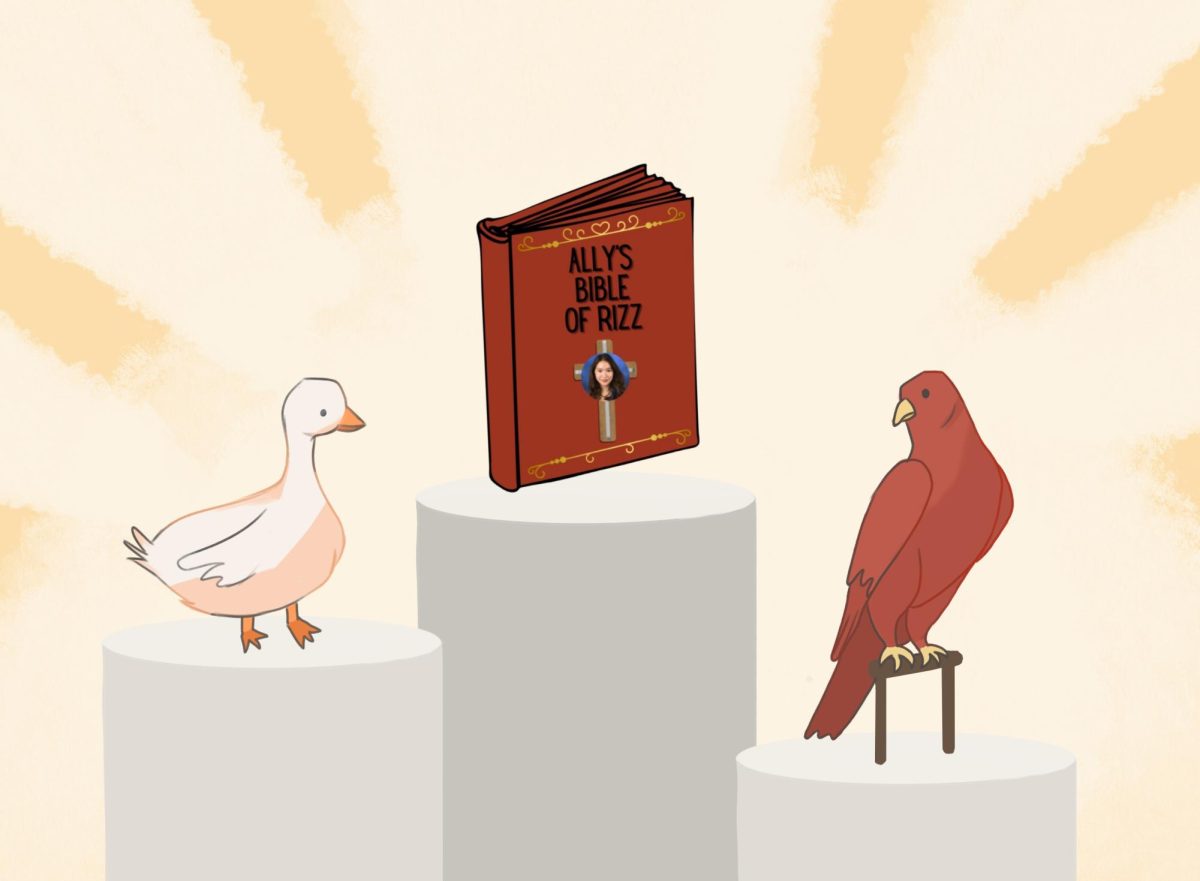California bill 3216, which restricts cell phone usage in public schools, was passed by the Legislature on Aug. 28. Gov. Gavin Newsom is expected to sign it into law by Sept. 30 (the deadline for bills passed by the Legislature before Sept. 1). If he does, all California public schools will have to implement a phone ban by July 2026.
As well intended as this law is, bill 3216 is wrongheaded on multiple levels and never should have made it to Newsom’s desk.
Across California, schools have already adopted cell phone bans due to the increase of phone use in ways that breach academic integrity codes and interrupt class time. The San Francisco Unified School District, for instance, requires phones to be turned off and put away during class and passing periods. At Bayside Academy in San Mateo, students lock their phones in Yondr pouches, which lock automatically when closed and can only be opened by contacting an “unlocking base.”
These heavy-handed approaches go too far. At SHS for instance, most teachers already have cell phone policies in place to keep students productive during the day; for instance, math teacher PJ Yim requires that students place their phones in phone caddies at the beginning of class or keep their phones in their backpacks. Yim’s students are then free to use them during passing periods or at tutorials. Most teachers have policies that work best for their own classrooms. The use of phones in class is necessary at times, especially for labs and interactive lessons and even taking photos. All of this points to the conclusion that teachers know their classrooms best and the Legislature has no good reason to intervene.
Outside of class time, many students use their phones for studying, checking Canvas, or catching up with Gmail and Messages. If you have a group project and need to sort out where to meet during tutorial, you immediately text your group chat. If you want to quickly check the requirements for an assignment, you can quickly check Canvas on your phone. If you need to email a teacher a clarifying question, you can use the Gmail app to send it out faster. Most importantly, if you need to speak with a friend or family member during a mental health episode, you have access to get help. All of these things are vastly harder to do without a phone.
Another reason to avoid state-wide cell phone bans is safety. Simply put, students often need to have the ability to call for help or text their family members about their whereabouts.
With the rise of gun violence and school shootings in the U.S., it has never been more important for students to have access to phones. Since 2021, the U.S. has seen an immense rise in school shootings. In 2023, there were 82 reported school shootings and so far this year there have already been 49. It’s unrealistic and impractical for a teacher, in the midst of a lockdown, to pass around a magnet for students to unlock their Yondr pouch with. Parents and children should always be able to immediately connect with one another in a time of crisis.
While California leaders believe they have students’ best interest at heart, they aren’t looking at the bigger picture. Not every student’s needs are the same — and not every school community treats technology the same. Schools should be able to make individual cell phone rules without legislative interference. What works in one community might not work in another. Schools can ban phones right now on their campuses if they want — or not. Leave that choice to the educators who work there and the parents whose kids sit in the classrooms. The day we see legislators teaching a class full of students is the day they will learn not everything is black and white.



